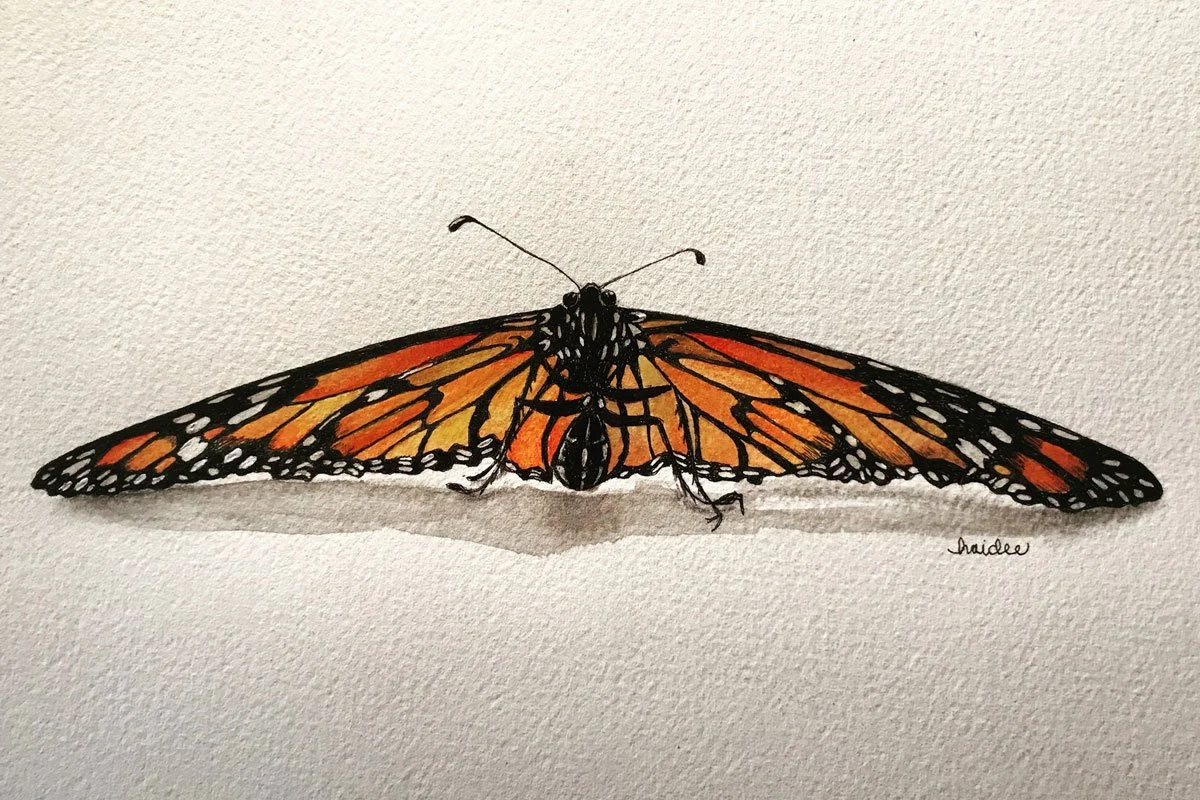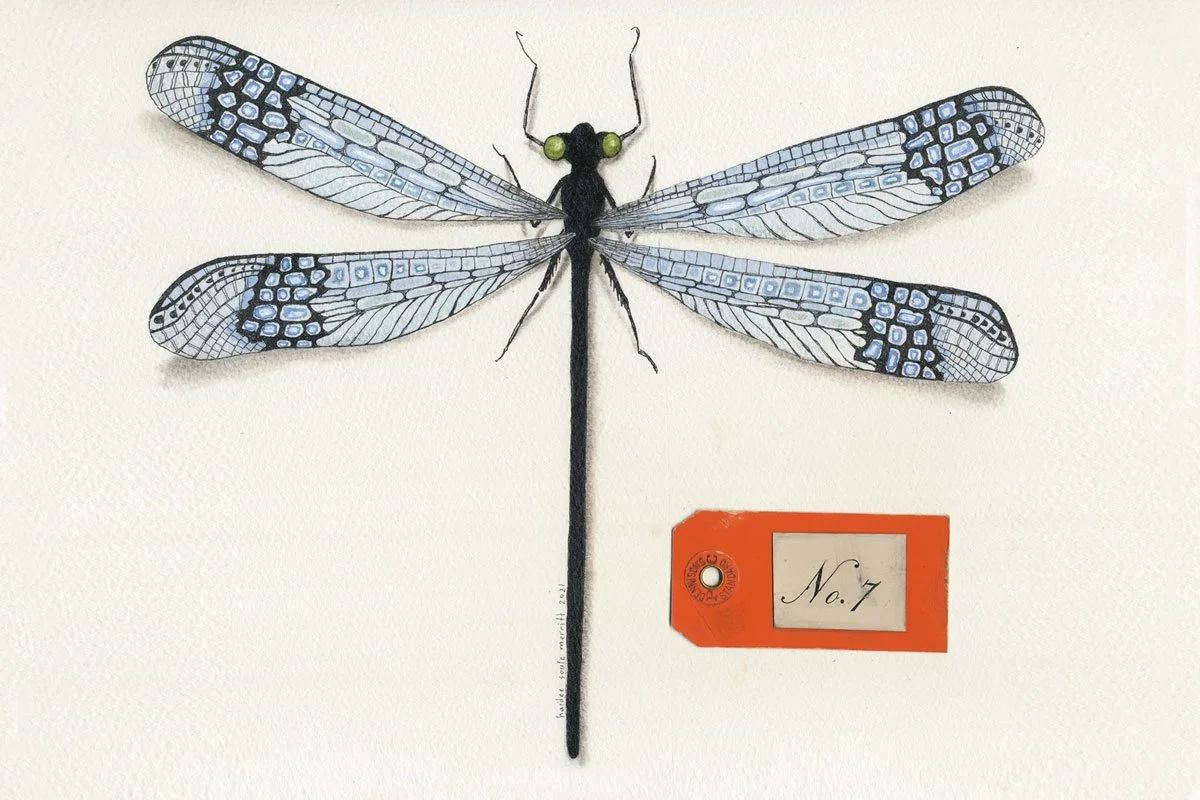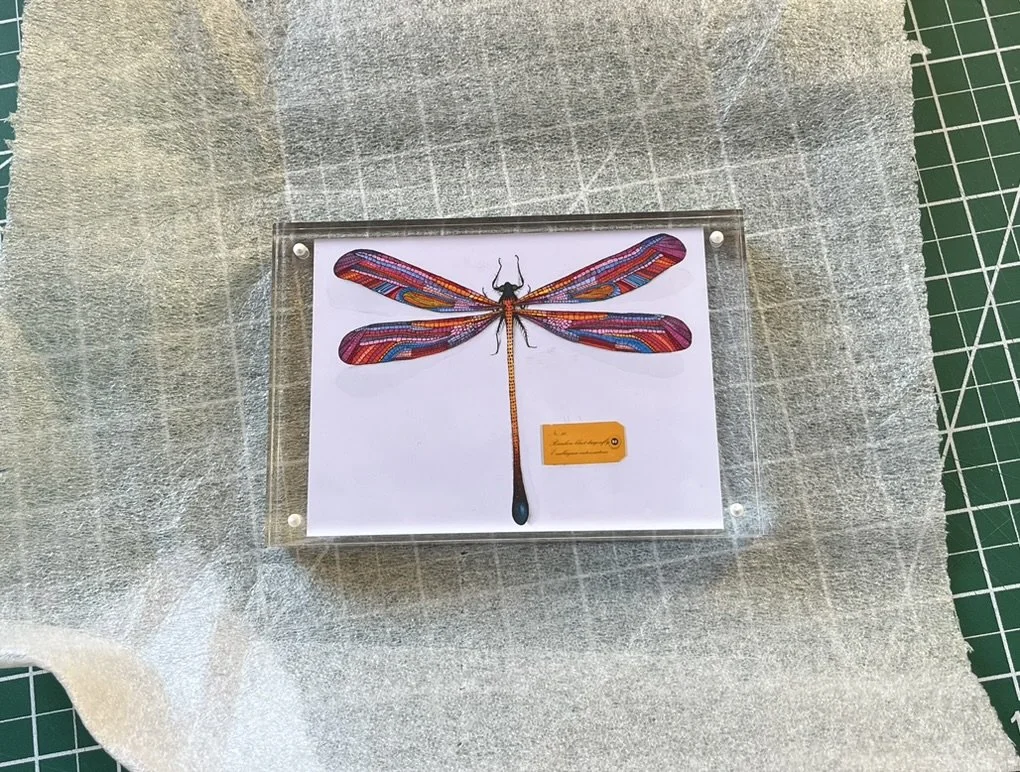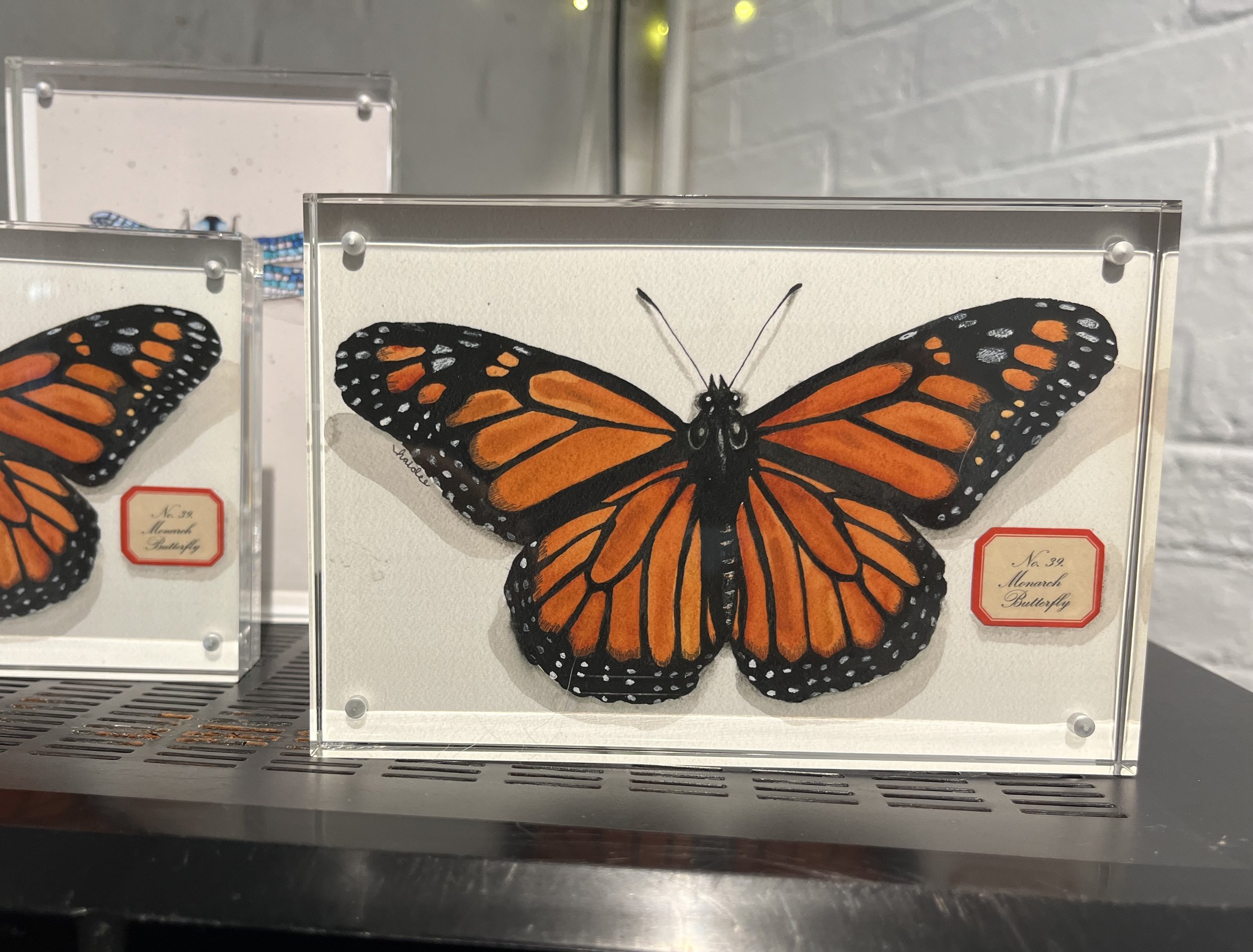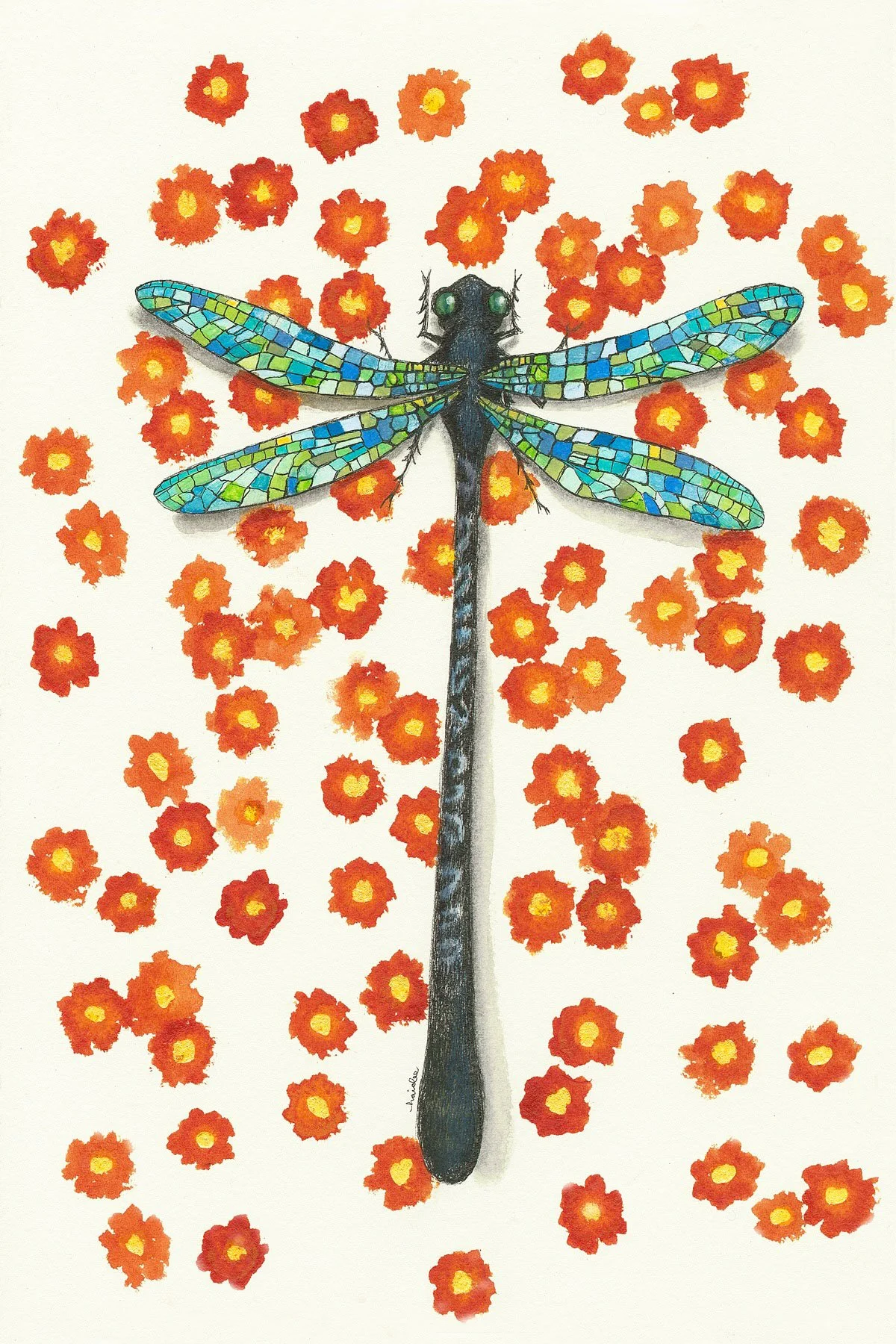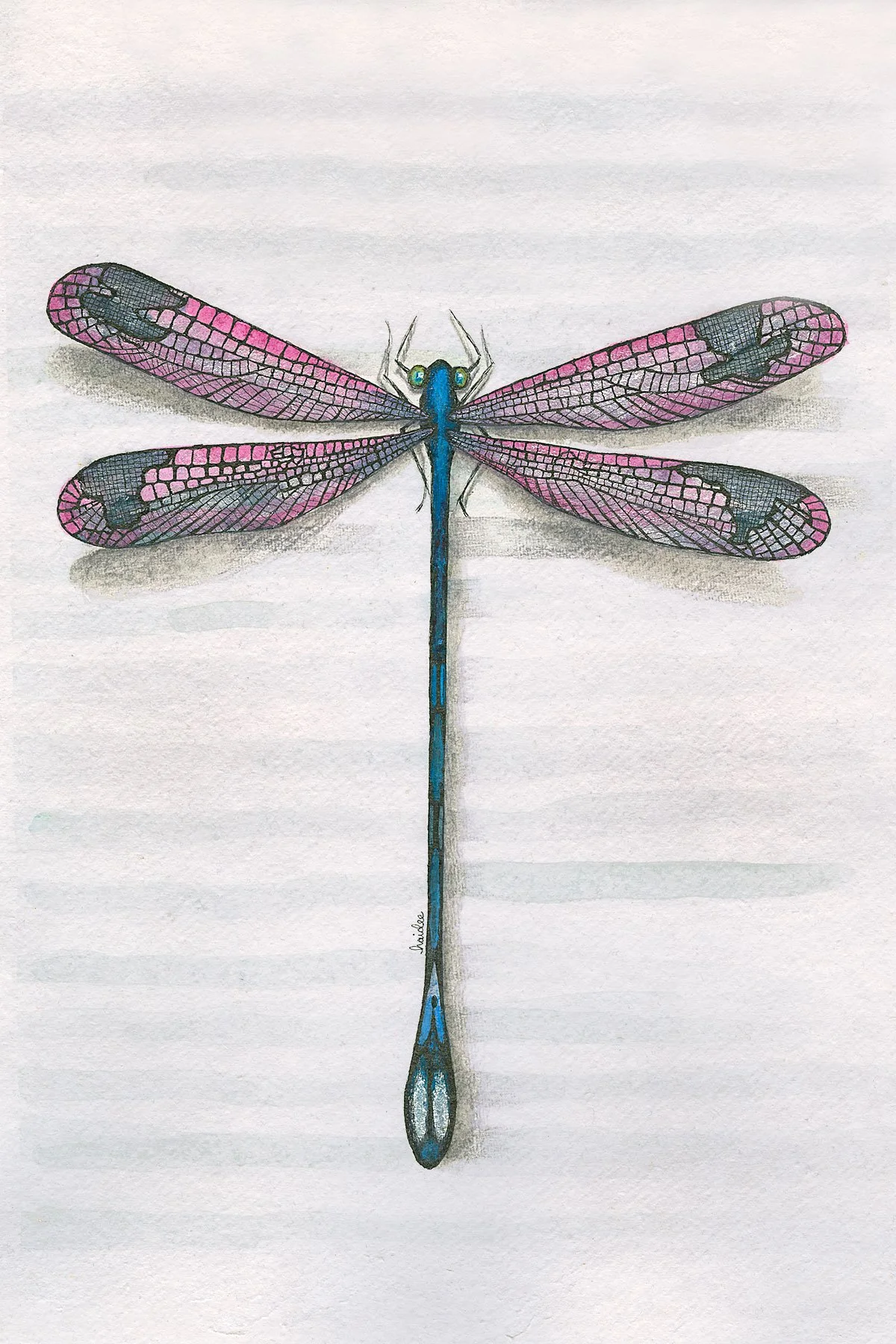The Alpine Emberveil is a rare high-altitude variant of the common monarch, observed and documented by Dr. Ottilie Vernet during his alpine phenology studies in the summer of 1953. Unlike its lowland cousin, Danaus plexippus, this high-mountain form possesses an elongated wingspan, with outer primaries subtly flared and rich in orange-lacquered pigment, as if seared by sun-reflected snow. Its coloration is both warmer and more concentrated, earning it the nickname le papillon flammé among locals—“the flame-winged one.” Dr. Vernet noted that this variant only appeared between 2:00 and 3:45 p.m., often gliding silently in thin air along slopes where edelweiss and fireweed grow side by side.
The creature’s altitude-specific patterning seems adapted to the cooler light of the Swiss Alps, where hues shift toward rust and gold. Closer inspection reveals a slightly altered cell structure on the forewings—denser venation, perhaps to resist wind shear. The body remains slender and near-black, but the undersides of the wings possess a faint translucent wash, suggesting partial adaptation to snow reflection and thinning ozone at elevation. Vernet captured only one viable specimen before it vanished into a descending fog that lasted three days. He wrote: “It did not flutter—it decided. As if it knew exactly where not to be seen.”
No additional sightings of Danaus aurantivestis leysinica have been confirmed, though a stained envelope containing a mounted wing fragment and several notations was found among Vernet’s archived field kits in 1982. Whether the Emberveil was a true alpine subspecies or a short-lived mutation caused by glacial bloom exposure remains a matter of debate. What is certain is that the butterfly’s symmetry and spectral restraint lend it a near-sacred quality—one that evokes both the order of science and the hush of a chapel carved from snow.
(Archive note: Its quiet erasure came down to the label alone. When Vernet’s specimen drawer was processed years later, the Alpine Emberveil was set among the routine lepidoptera, its brilliance obscured by a tag that read only: Specimen 42. Monarch Butterfly. No species, no distinction—just the most casual of categories, as if to say there was nothing remarkable here at all. In that single word, the fire of the high Alps was flattened into ordinariness, and the Emberveil slipped from science’s grasp. What should have been recognized as a singular mountain apparition was instead absorbed into anonymity, its wings folded beneath clerical indifference. Vernet, almost anticipating this fate, had written in his field book: “One day, the world will misplace its own miracles.”)
Note: High quality archival glicée print on acid-free paper, a method that creates fine art reproductions with exceptional color accuracy and longevity. Pigments-based inks are designed to resist fading and discoloration and capture the finest details and subtle color variations with great precision.
Housed in a 4×6” crystal-clear acrylic specimen block, its 1” depth allows freestanding display. Each piece is designed to exhibit on desk or shelf.
Fly Design uses a practice known as entonology — the study of fictitious insects — to reimagine the natural world through scientific storytelling and poetic design.

